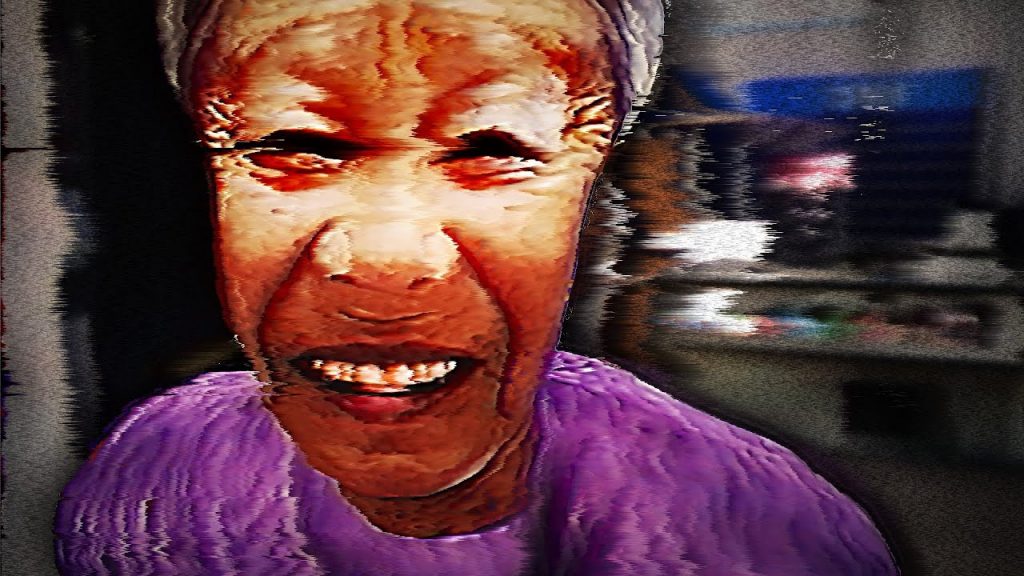Sony Once Again Sets the Example With Death Stranding | This is What Risk Taking Looks Like

I have been talking a lot about Death Stranding and its reviews scores and critical reception recently. Today I wanted to make one last video on it before I finally get to play the game for myself and highlight the most important thing about this game. I don’t know what to expect with Death Stranding when I play it or how much i’ll end up enjoying it but what I do know is that it took some serious courage for Sony to go all in with this game. It also took courage for Kojima to make a game with gameplay that would be so divisive and different.
At the end of the day Sony has continued to prove throughout this entire generation that they are willing to take risks with their first and second party games. Between the funding Sony gave to Kojima Productions, allowing the studio to use their Decima game engine, and even allowing over 70 Guerrila Games developers help work on the title, it is clear Sony backed this game from the start. Sony has done a great job with their PS4 exclusives and a big reason for that is their willingness to allow the creatives within their studios to follow their vision, Death Stranding is concrete proof of this and Sony continues to set the example.
What themes are present in Death Stranding?
Sony Once Again Sets the Example With Death Stranding | This is What Risk Taking Looks Like
In a world where video game franchises are sequels, prequels, or reboots, where everything looks and feels the same, Sony Interactive Entertainment’s Death Stranding stands as a bold and risky experiment in game design. It is not a game for everyone, and it is not a game that plays by the rules. And yet, it is a game that is impossible to ignore.
Developed by visionary game designer Hideo Kojima, and published by Sony exclusively for the PlayStation 4, Death Stranding is an epic journey through a post-apocalyptic America that mixes elements of science fiction, horror, and drama. Players take on the role of Sam Porter Bridges, a deliveryman who must traverse a desolate wasteland filled with supernatural creatures, treacherous terrain, and hostile factions to connect a fractured society and unravel a conspiracy that threatens the very existence of humankind.
Death Stranding is unlike anything you have ever seen or played before. It is a game that challenges you to think, to feel, to explore, to connect, and to survive in a world that is both beautiful and bleak. It is a game that blurs the line between gameplay and storytelling, between action and contemplation, between life and death. It is a game that demands your attention, your patience, and your faith.
What sets Death Stranding apart from other games is not just its unconventional plot, its stunning graphics, its haunting soundtrack, or its star-studded cast (which includes Norman Reedus, Mads Mikkelsen, Léa Seydoux, and Guillermo del Toro). What sets it apart is its willingness to push the boundaries of game design and challenge the expectations of gamers.
Death Stranding is a game that does not hold your hand. It does not explain everything to you. It does not reward you for killing enemies or collecting items. It does not punish you for dying or failing a mission. It does not follow the conventions of open-world games, where you can go anywhere and do anything, but everything feels the same. It does not have a multiplayer mode or microtransactions or loot boxes.
Instead, Death Stranding asks you to be patient, to be observant, to be curious, and to be creative. It asks you to read, to listen, to watch, to interact, and to reflect. It asks you to build connections with other players, to share resources, to leave signs, to help each other, and to make the world a better place.
In a world where video games are often criticized for promoting violence, addiction, and isolation, Death Stranding offers a different vision of the medium. It is a vision that celebrates human connection, empathy, and cooperation. It is a vision that challenges the norm and the status quo. It is a vision that sets an example for other game developers and publishers to follow.
Sony Interactive Entertainment should be applauded for taking the risk of investing in Death Stranding and giving Hideo Kojima the freedom to express his artistic vision. They should be praised for supporting a game that is not afraid to be different or difficult or divisive. They should be thanked for creating a game that will be remembered for years to come.
Death Stranding is not a perfect game. It has its flaws, its quirks, and its critics. It is not a game that will appeal to everyone, and that’s okay. What matters is that it is a game that exists, that is unique, that is meaningful, and that is inspiring.
This is what risk taking looks like. This is what innovation looks like. This is what art looks like. This is what video games can be. This is what Sony Interactive Entertainment can be. This is what we can be.









Most Ambitious Open World Co-op Zombie Survival Game?
Rainbow Six Siege: The Tournament of Champions – Six Invitational 2020
Control – The Battle is on! | PS4
Xbox Boss Reacts to PS5 Event
Fortnite Added CHOPPERS